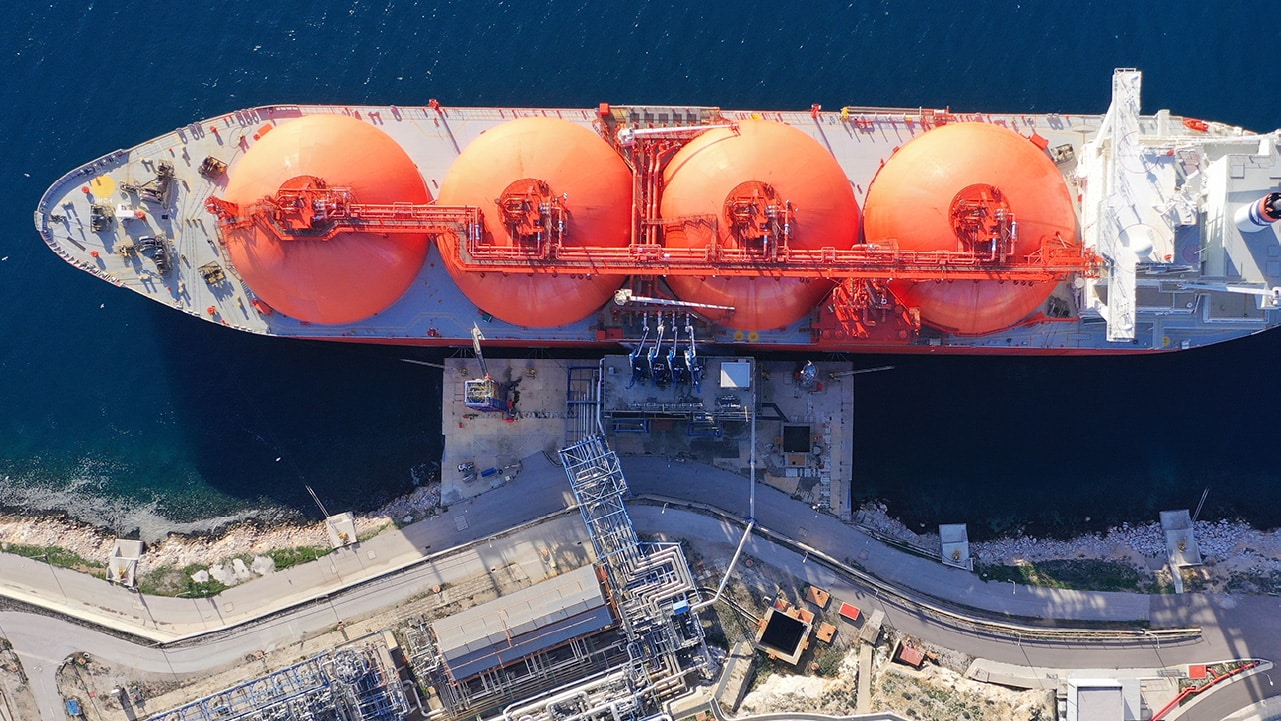ASTM D543 Chemical Resistance Testing of Tank Materials
The ASTM D543 standard is a cornerstone in the industry for assessing the chemical resistance of materials used in marine and ship equipment, particularly focusing on cargo and tank systems. This testing ensures that materials can withstand harsh environmental conditions and aggressive chemicals over extended periods, which is critical for maintaining structural integrity and preventing leaks or corrosion.
In marine environments, cargo tanks and storage containers are subject to a wide range of chemical substances, including solvents, fuels, acids, and alkalis. These chemicals not only pose risks to the environment but also can compromise the safety and operational efficiency of ships if the materials used do not meet stringent performance standards.
The ASTM D543 procedure involves exposing test specimens under controlled conditions that simulate real-world scenarios encountered in marine applications. This includes exposure to specific solvents, acids, and alkalis at various temperatures and durations. The primary objective is to determine how well a material resists degradation when exposed to these chemicals.
Compliance with ASTM D543 ensures that materials used in tank systems meet international standards and specifications, thus providing peace of mind for quality managers, compliance officers, R&D engineers, and procurement professionals involved in the design and manufacturing processes. By adhering to this standard, manufacturers can demonstrate their commitment to delivering high-quality products that are reliable and safe.
The testing process is conducted using a variety of apparatus tailored to simulate different marine environments. Specimens are subjected to controlled chemical exposure, temperature variations, and mechanical stress to assess long-term durability. The results provide critical data for material selection, design optimization, and quality assurance in the development of cargo and tank systems.
Understanding the implications of ASTM D543 is essential for those involved in marine equipment manufacturing and operations. It underscores the importance of selecting materials that can withstand the rigors of maritime conditions without compromising safety or operational capabilities. This testing not only ensures compliance with international standards but also enhances the overall performance and longevity of tank systems.
The ASTM D543 standard is widely recognized for its rigorous approach to evaluating chemical resistance, making it a preferred choice among quality managers, compliance officers, R&D engineers, and procurement professionals in the marine sector. By leveraging this testing methodology, organizations can make informed decisions about material selection, ensuring that their products meet the highest industry standards.
Through ASTM D543, manufacturers gain valuable insights into how materials perform under challenging conditions, enabling them to innovate and improve product design. This standard serves as a benchmark for quality and reliability, fostering trust among stakeholders and contributing to safer maritime operations.
Why It Matters
The importance of ASTM D543 chemical resistance testing cannot be overstated in the context of marine and ship equipment, especially for cargo and tank systems. The harsh conditions encountered at sea, including exposure to various chemicals and corrosive substances, can significantly impact the performance and durability of materials used in these critical components.
- Prevention of Leaks: Leaks from cargo tanks or storage containers are not only environmentally damaging but also costly for ship operators. ASTM D543 testing helps identify materials that can reliably contain chemicals, ensuring no leakage occurs over time.
- Safety and Reliability: Ensuring that tank materials meet the highest standards of resistance to chemicals is crucial for maintaining safety on board ships. This testing contributes to enhancing overall reliability by reducing risks associated with material failure.
- Cost Efficiency: By identifying the most suitable materials upfront through ASTM D543, manufacturers can avoid costly rework and replacement of suboptimal materials later in the production cycle or operational phase.
The outcome of this testing is not only beneficial for individual companies but also for the broader maritime industry. By adhering to ASTM D543, organizations contribute to a safer and more sustainable marine environment, which ultimately benefits all stakeholders involved.
In summary, ASTM D543 chemical resistance testing plays a pivotal role in ensuring that materials used in cargo and tank systems are capable of withstanding the rigors of maritime conditions. This ensures not only operational efficiency but also environmental responsibility, making it an indispensable service for quality managers, compliance officers, R&D engineers, and procurement professionals.
Applied Standards
The ASTM D543 standard is specifically designed to evaluate the chemical resistance of materials used in marine applications. This includes a wide range of materials such as plastics, rubber compounds, and metallic alloys that are critical for cargo and tank systems.
- ASTM D543: Standard test method for determining the resistance of plastic materials to fuel oil, kerosene, or similar hydrocarbon fuels.
- ISO 178: General requirements for the testing of plastics. While not specifically focused on chemical resistance, it provides a framework that complements ASTM D543 by ensuring consistent testing methods.
The ASTM D543 procedure involves submerging specimens in various solvents and corrosive substances under controlled conditions to observe any changes in the material's properties over time. The results are then compared against predetermined acceptance criteria, which vary depending on the specific requirements of the application.
Compliance with ASTM D543 ensures that materials meet international standards, thereby enhancing confidence among stakeholders regarding product performance and reliability. This standard is widely recognized for its rigorous approach to evaluating chemical resistance, making it a preferred choice among quality managers, compliance officers, R&D engineers, and procurement professionals in the marine sector.
The use of ASTM D543 as an applied standard underscores the importance of maintaining high-quality materials that can withstand the challenging conditions found in maritime environments. By adhering to this standard, manufacturers can ensure their products meet the highest industry standards, contributing to a safer and more sustainable maritime industry.





